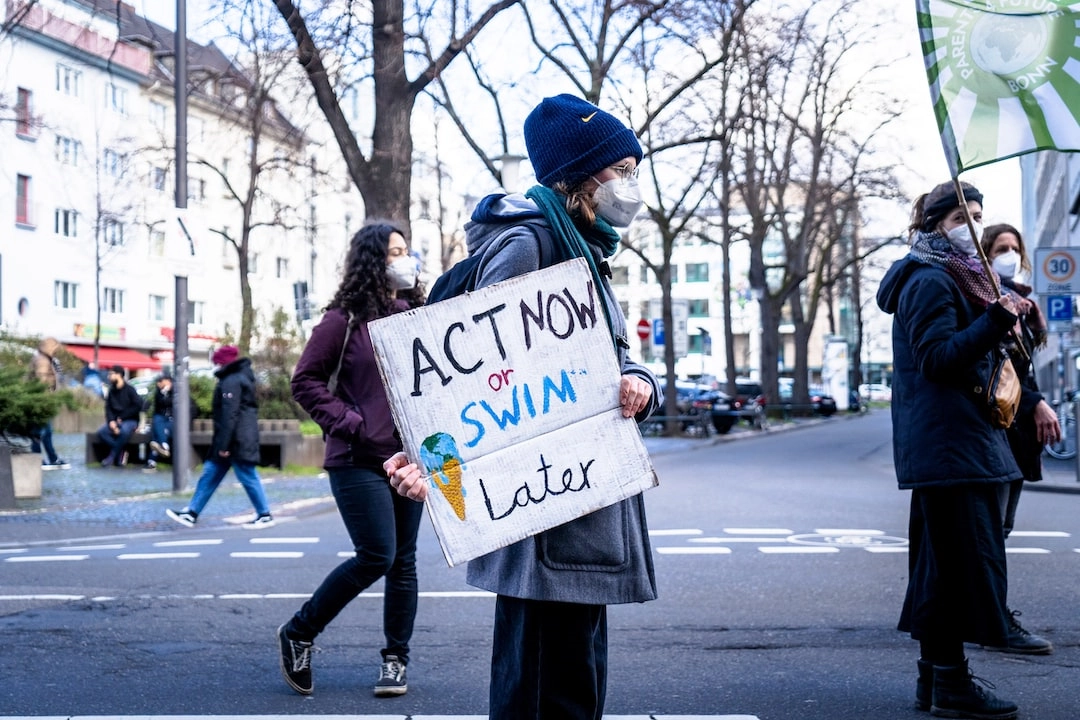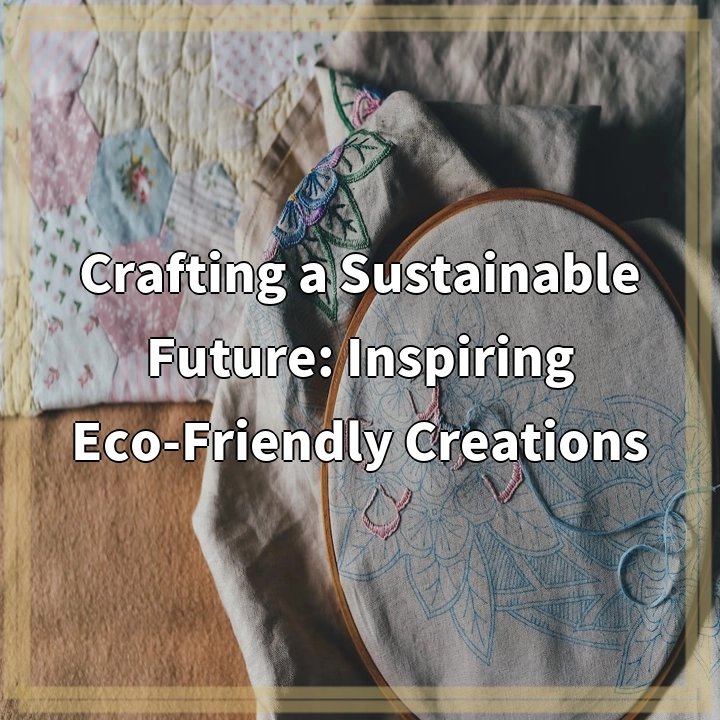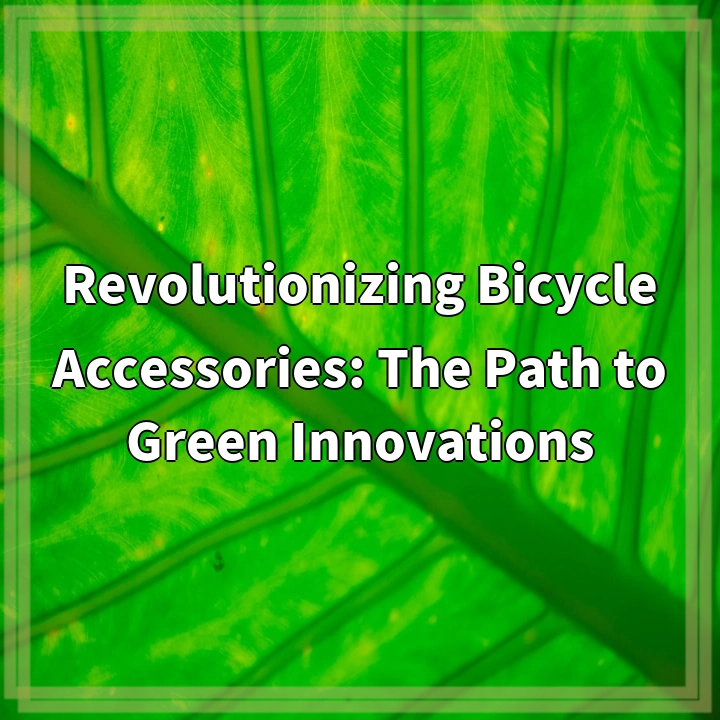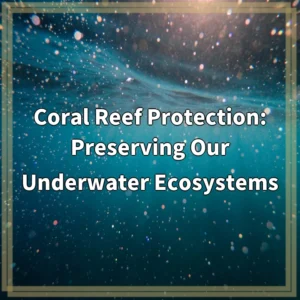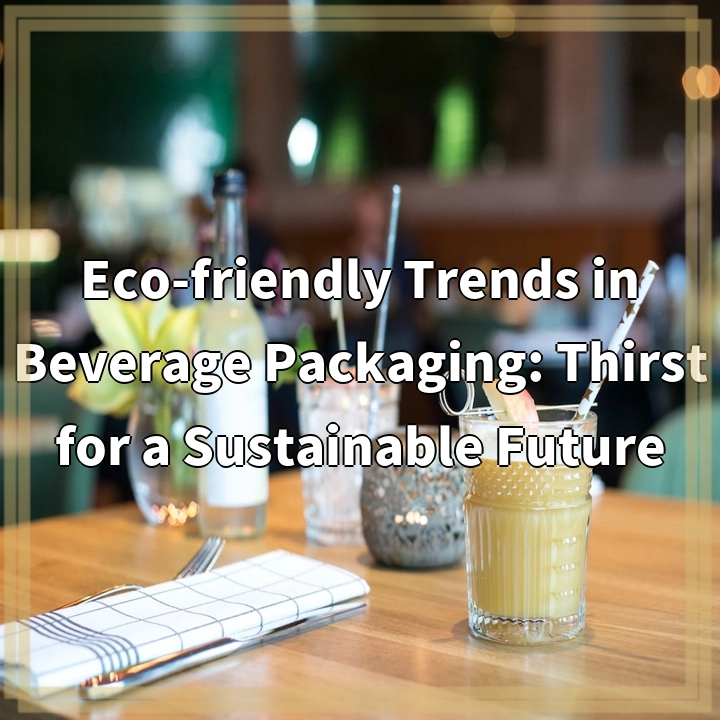
What it is:
Beverage packaging plays a significant role in our daily lives, serving as a means to transport and consume various drinks. However, traditional beverage packaging often poses serious environmental challenges due to its harmful impact on the planet. To combat this issue, eco-friendly trends in beverage packaging have emerged, aiming to minimize waste, reduce carbon footprint, and promote sustainability.
Real-world problems:
1. Plastic Pollution: One of the primary concerns with traditional beverage packaging is the extensive use of plastic materials. Single-use plastic bottles, in particular, are a major contributor to plastic pollution, as they often end up in landfills or contaminate our oceans and waterways. This pollution not only harms wildlife but also poses significant risks to the environment and human health.
2. Carbon Emissions: The production, transportation, and disposal of beverage packaging contribute to significant carbon emissions. Conventional packaging materials, such as aluminum and glass, require high amounts of energy to produce, resulting in greenhouse gas emissions. Moreover, the transportation of packaged beverages over long distances further adds to carbon footprint.
3. Resource Depletion: Traditional beverage packaging relies heavily on finite resources like fossil fuels and water. The extraction, manufacturing, and processing of these resources for packaging materials put additional strain on the environment. As these resources become scarcer, it becomes imperative to find more sustainable alternatives.
4. Waste Generation: The disposal of beverage packaging creates a major waste management challenge. As plastic bottles and other packaging materials are often not recyclable or improperly disposed of, they end up in landfills or as litter, causing long-lasting harm to the ecosystem. This waste generation also exacerbates resource depletion and pollution issues.
Addressing these real-world problems associated with beverage packaging is crucial for building a sustainable future. By adopting eco-friendly trends and practices, we can reduce the environmental impact of packaging, conserve resources, and create a healthier planet for future generations.

Solutions for Eco-friendly Beverage Packaging:
Addressing the environmental challenges associated with beverage packaging requires a shift towards more sustainable solutions. Here are some key solutions:
1. Transition to Renewable and Biodegradable Materials:
Replacing traditional packaging materials with renewable and biodegradable alternatives can significantly reduce the environmental impact. Materials like plant-based plastics, compostable containers, and paper-based packaging offer more sustainable options that minimize waste and carbon footprint.
2. Promote Recycling and Closed-loop Systems:
Encouraging the use of recyclable packaging materials and establishing efficient recycling systems are vital for reducing waste. Implementing closed-loop systems, where beverage containers are collected, recycled, and used to produce new packaging, helps create a circular economy that conserves resources and minimizes environmental harm.
3. Optimize Packaging Design:
Rethinking the design of beverage packaging can contribute to eco-friendliness. Light-weighting packaging to reduce material usage, adopting innovative packaging shapes that optimize space and transportation efficiency, and considering packaging reusability can all play a role in minimizing waste and carbon emissions.
4. Support Local and Sustainable Sourcing:
Reducing the carbon footprint associated with transportation can be achieved by sourcing beverages locally and prioritizing suppliers with sustainable practices. This reduces the distance traveled and supports local economies, while also encouraging environmentally friendly production and distribution methods.
5. Educate and Engage Consumers:
Creating awareness among consumers about the environmental impact of beverage packaging is crucial for promoting sustainable choices. Educating individuals about recycling, reusable alternatives, and the importance of responsible consumption can help drive behavioral changes and encourage consumer activism in favor of eco-friendly packaging.
Implementing these solutions, along with continuous innovation and collaboration across the industry, will pave the way for a more sustainable future of beverage packaging, alleviating the environmental problems associated with traditional methods.
